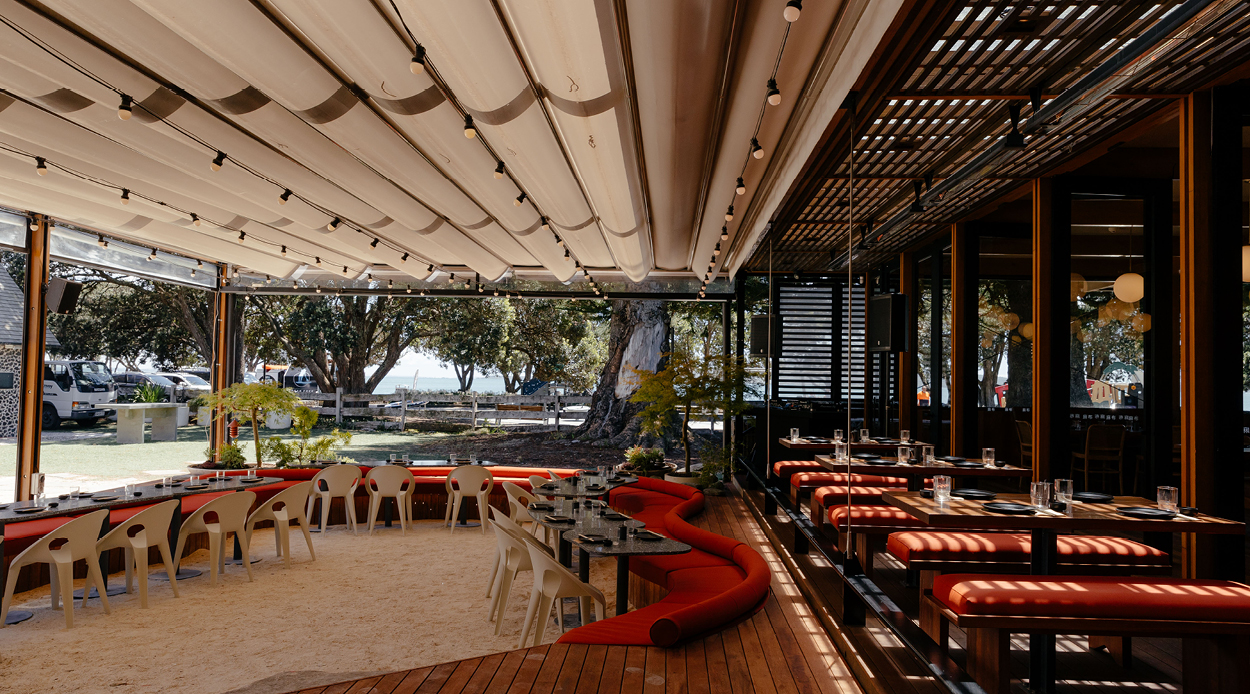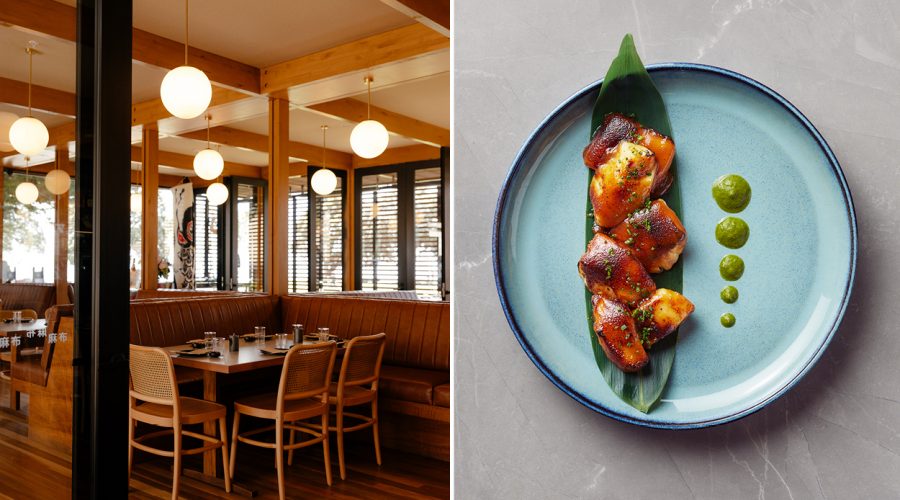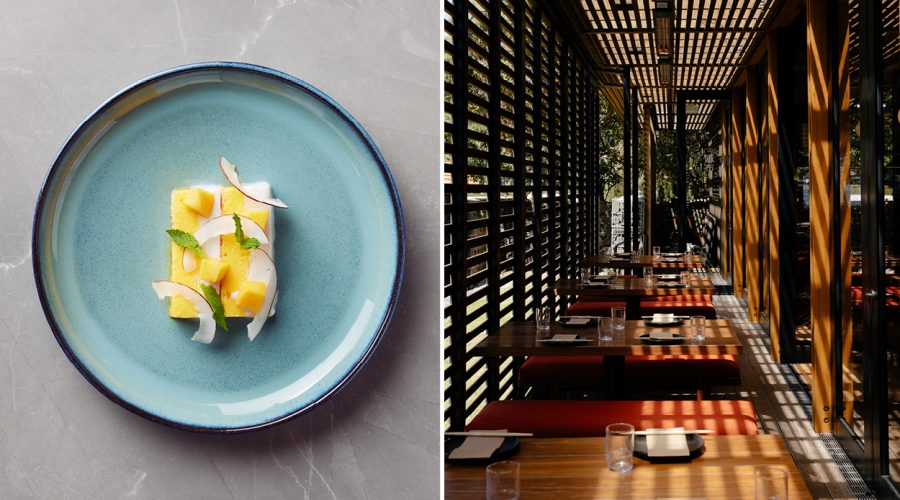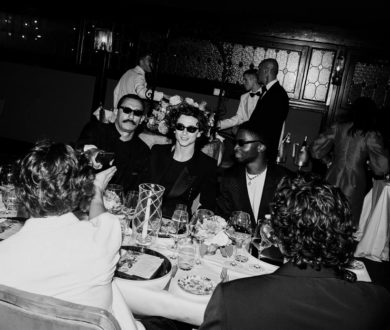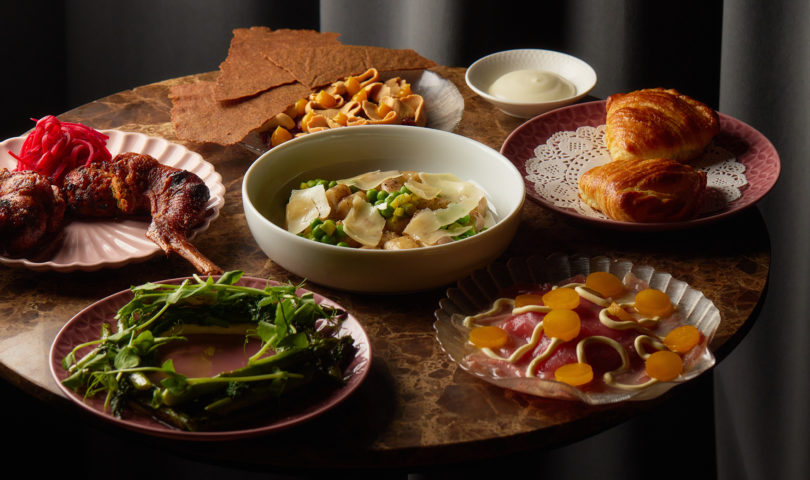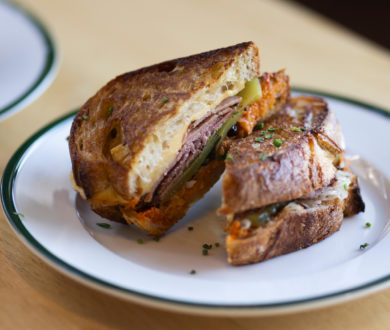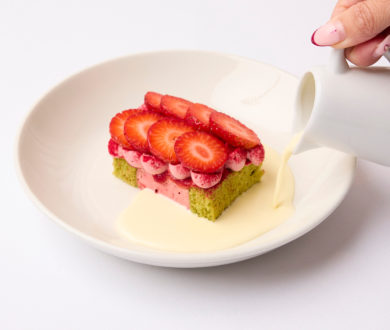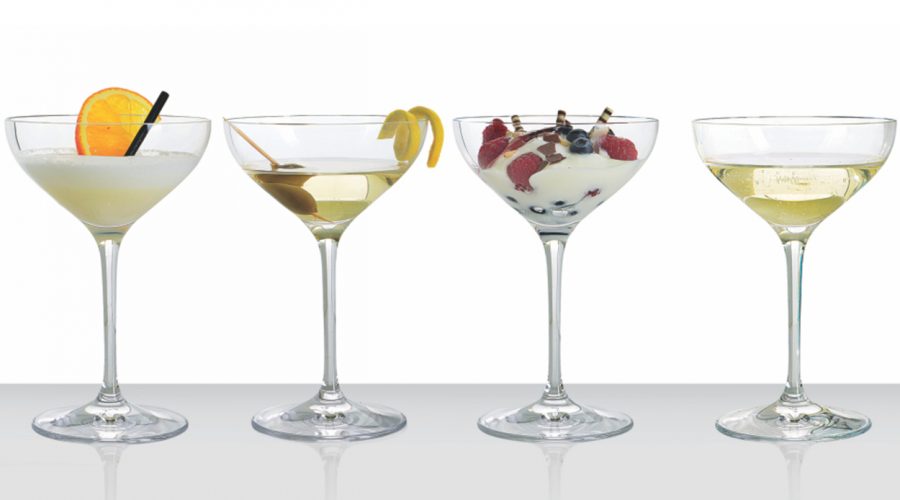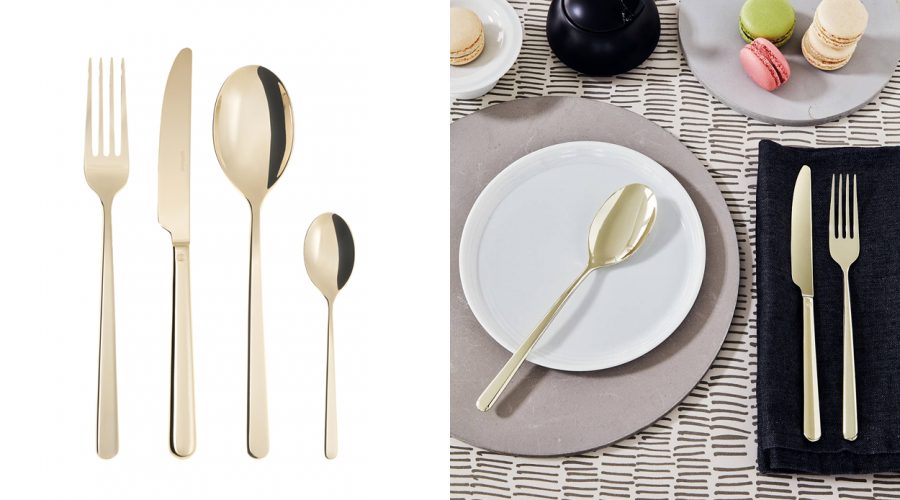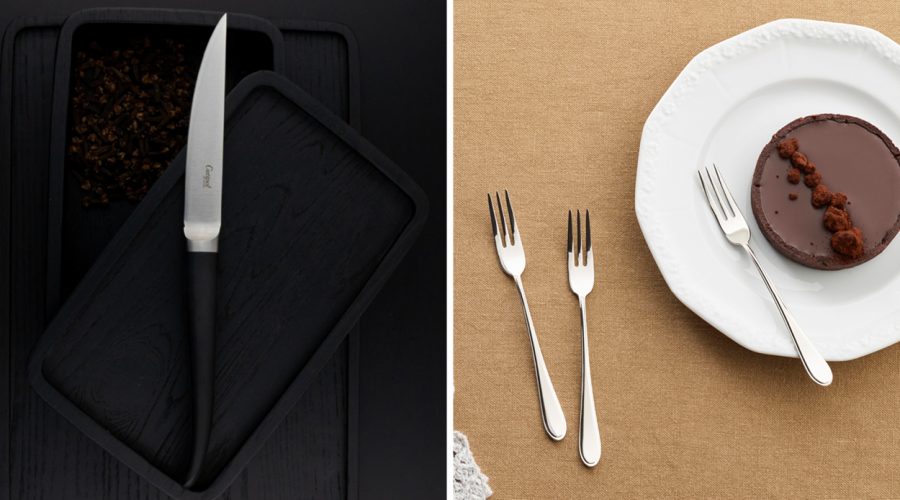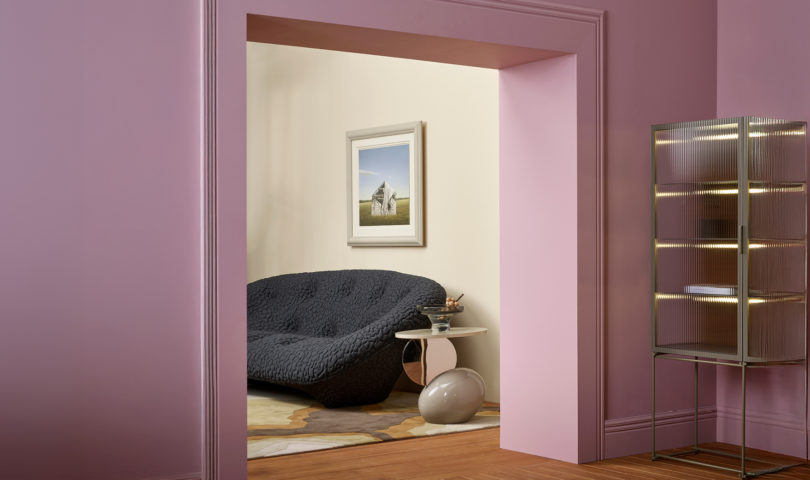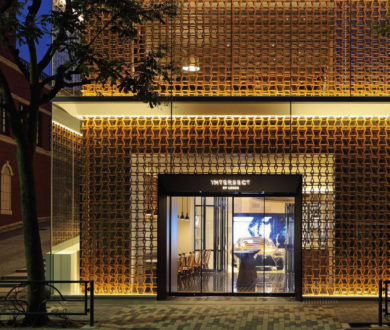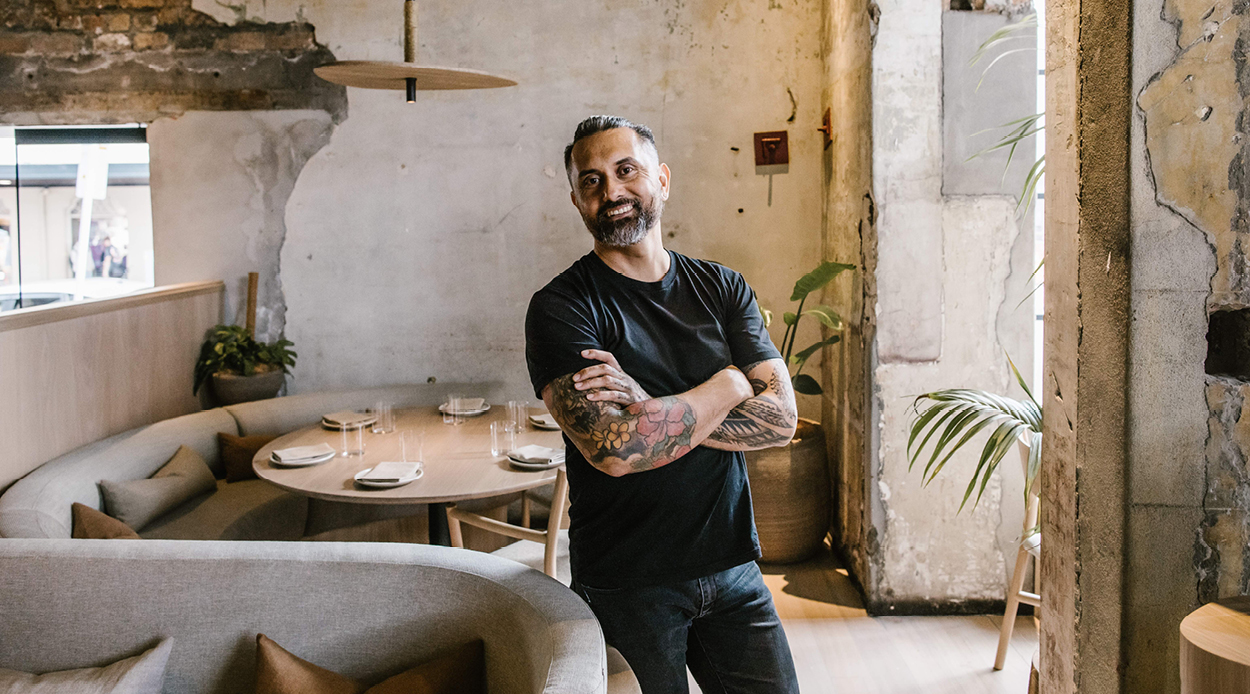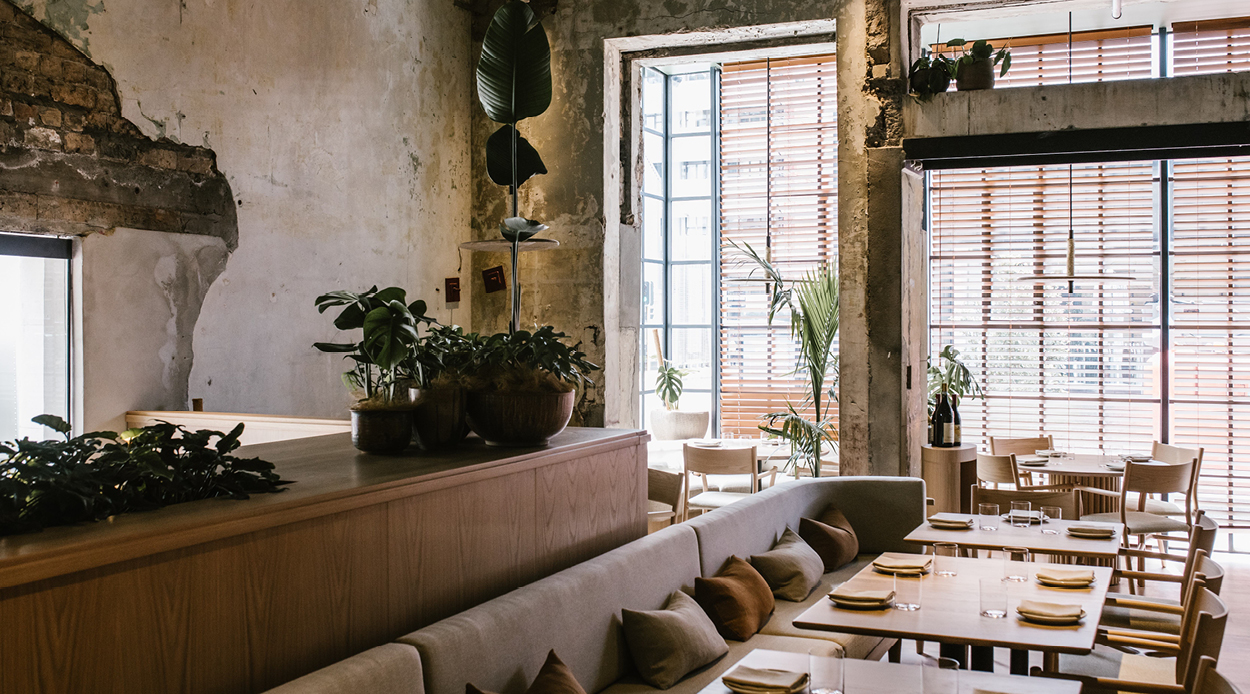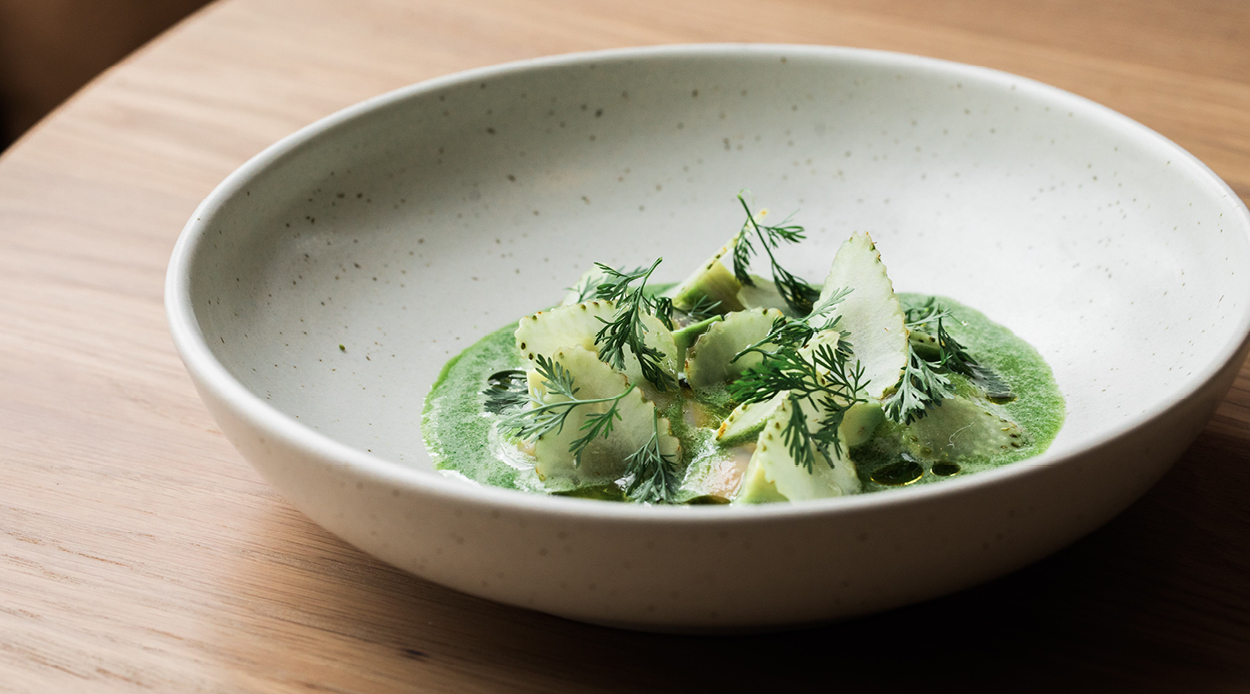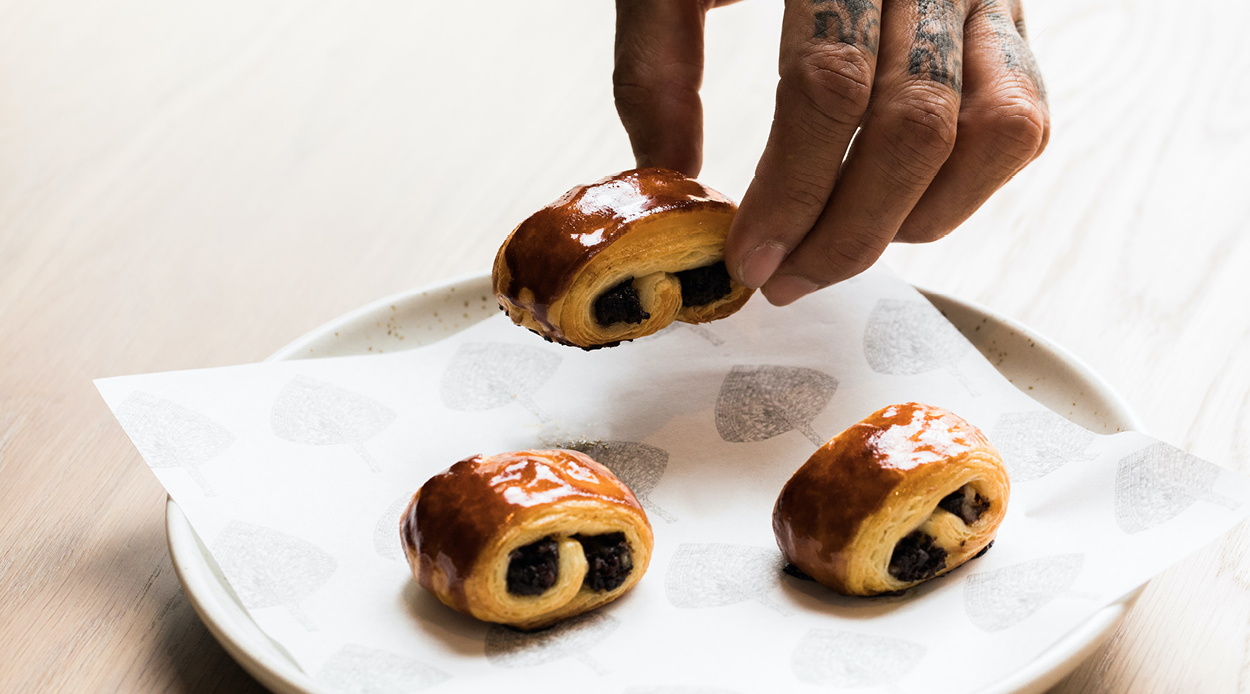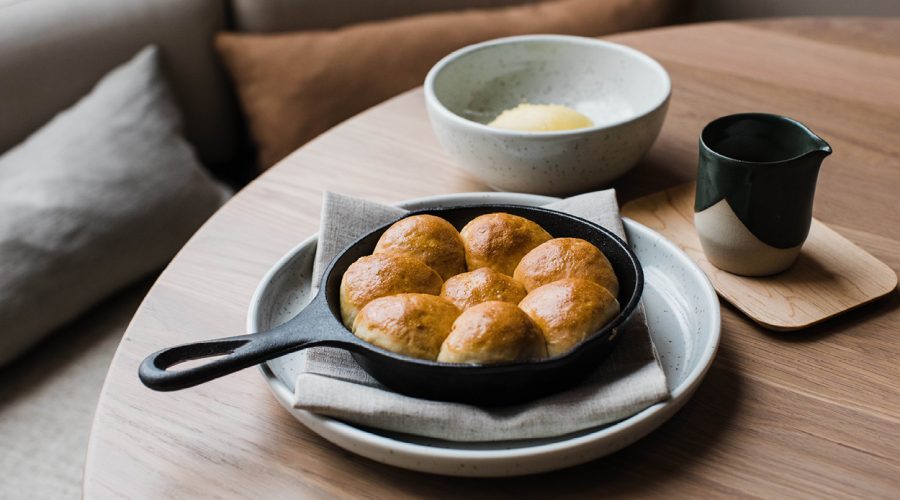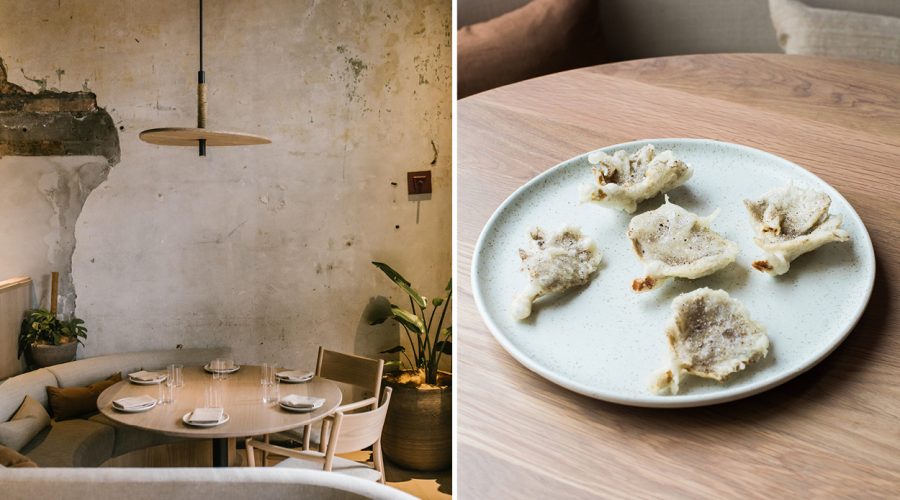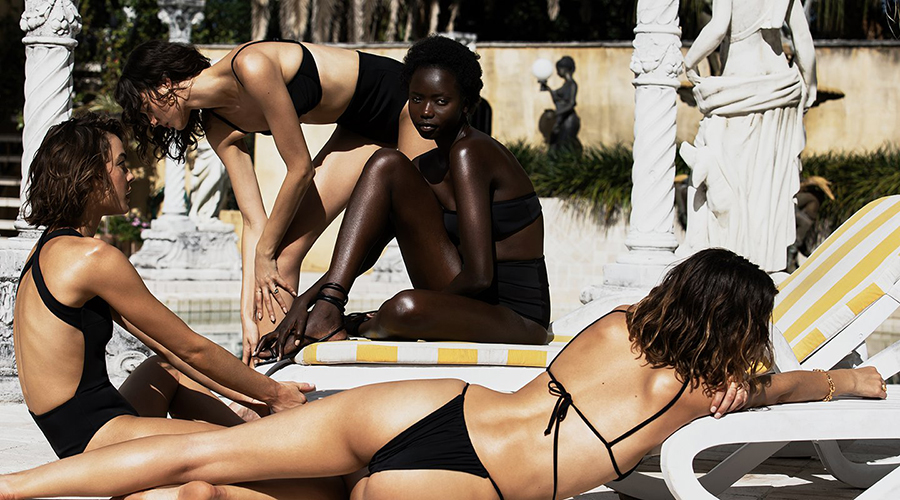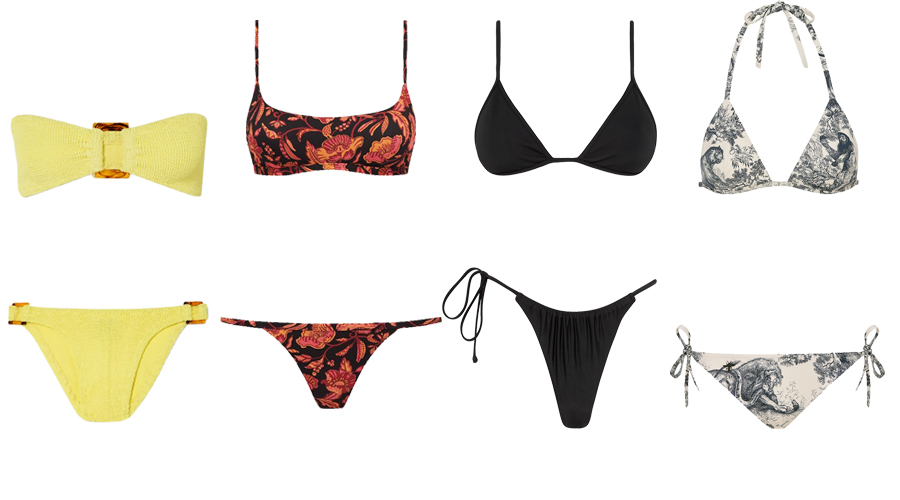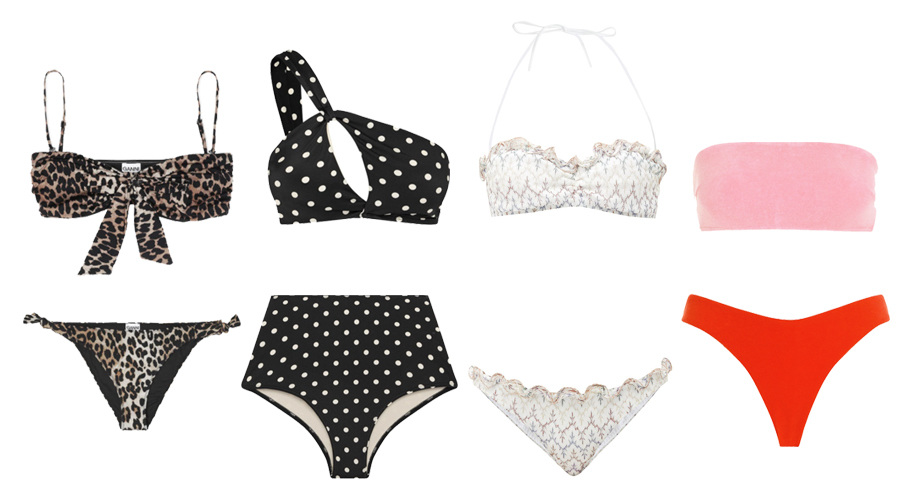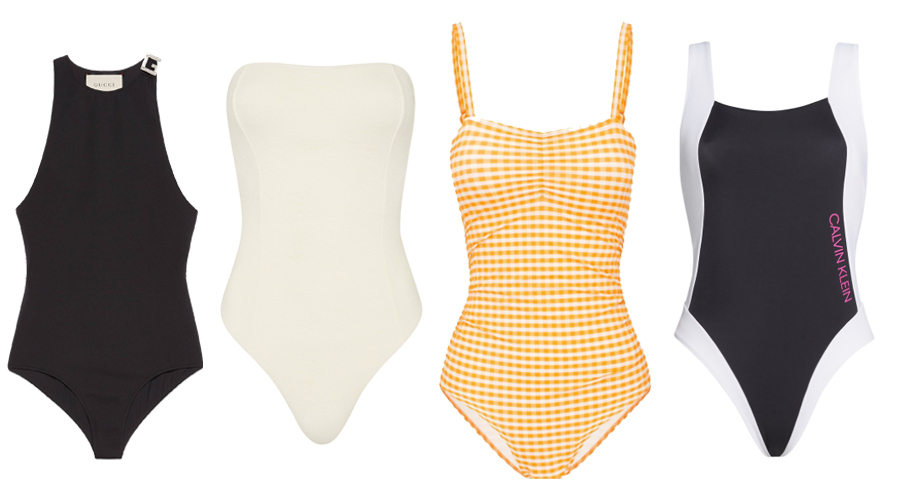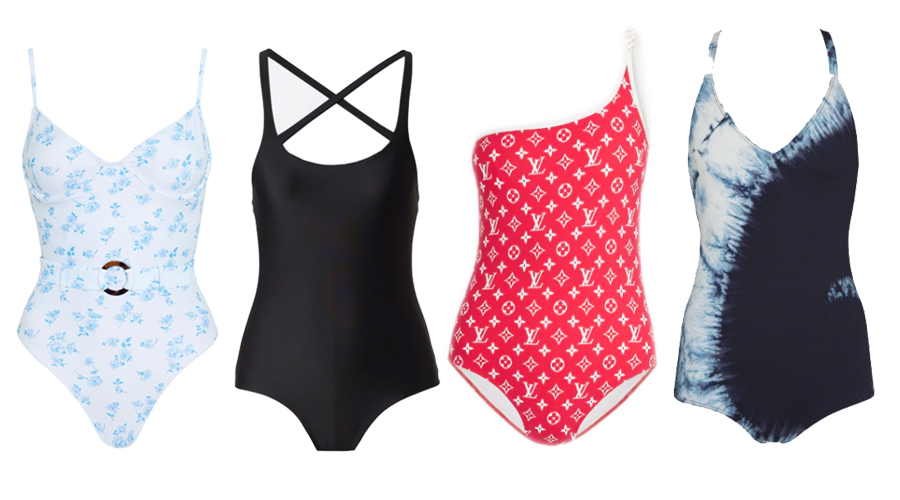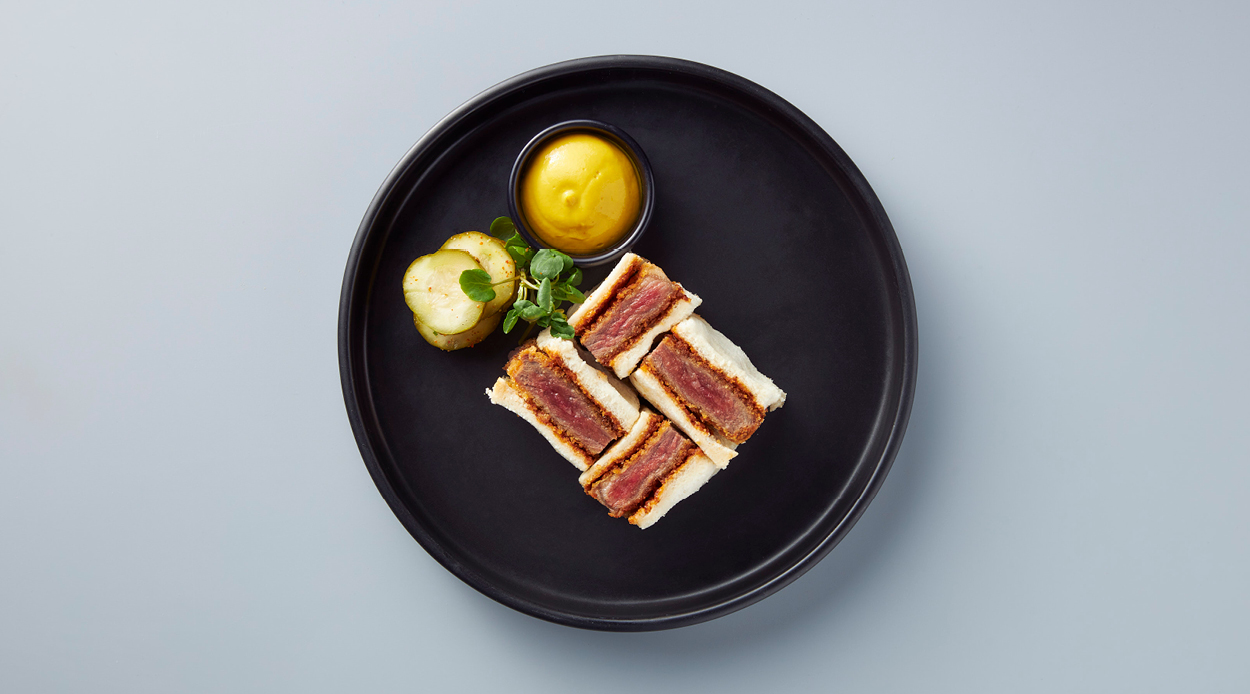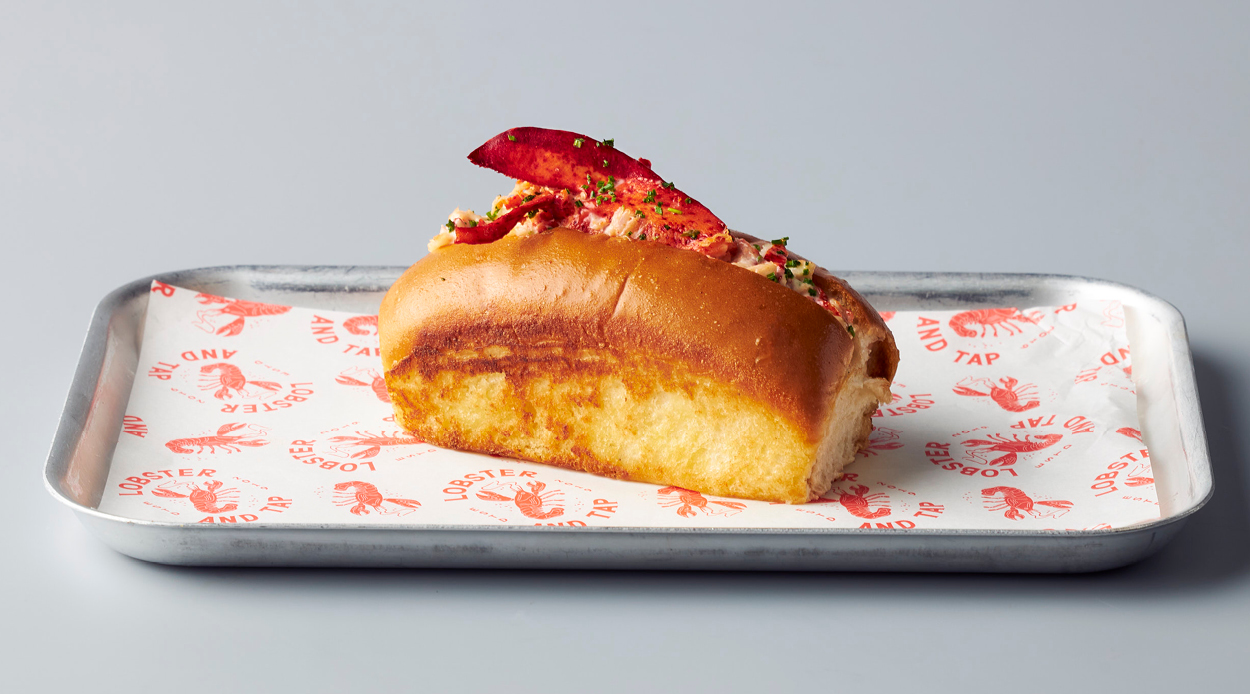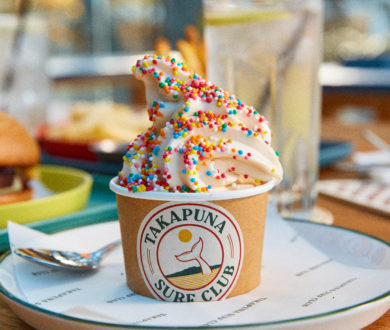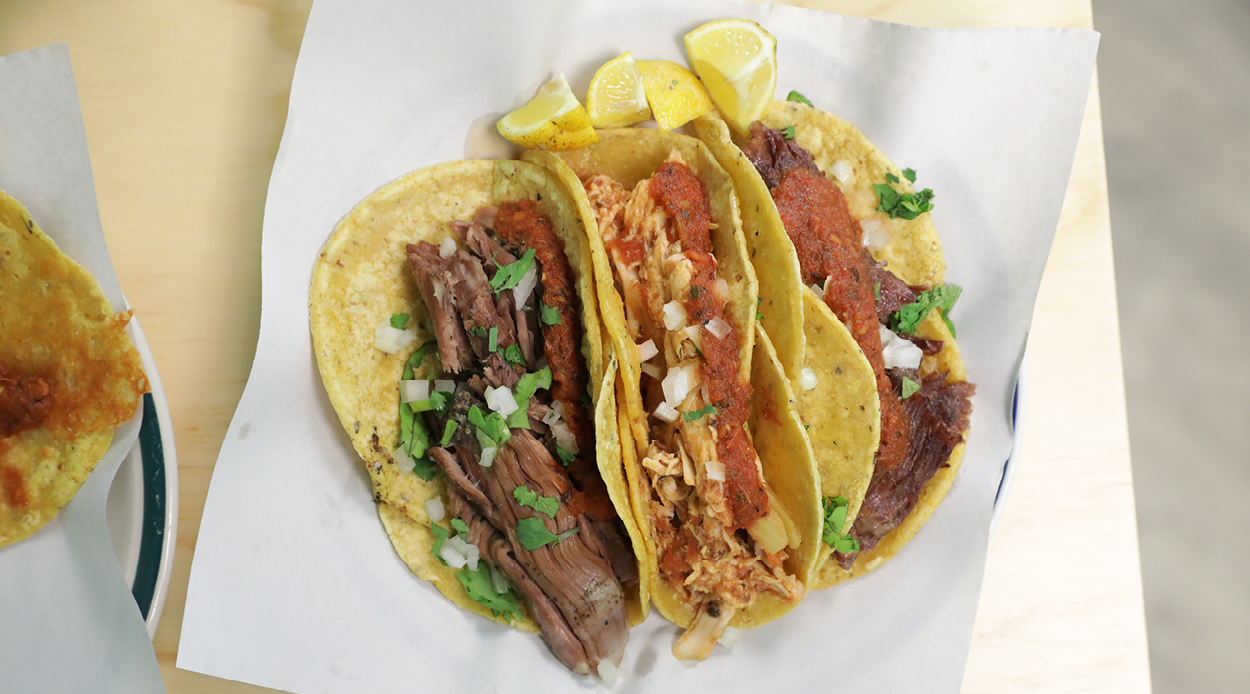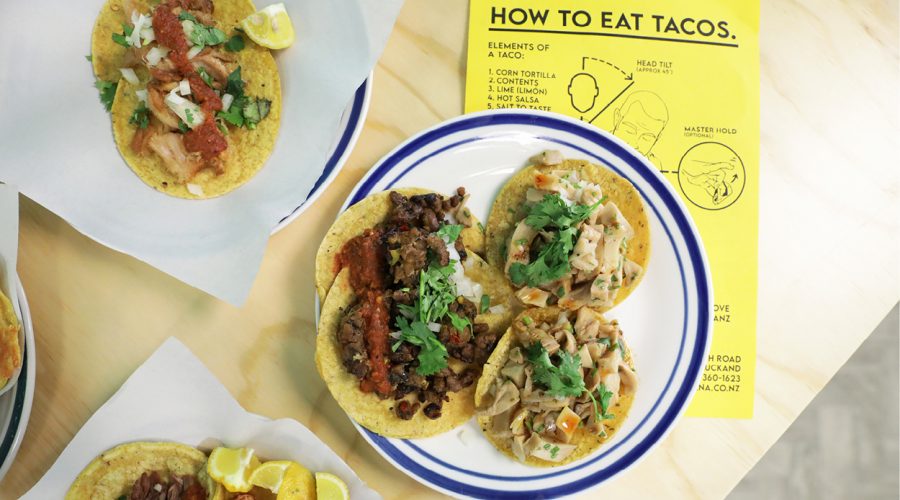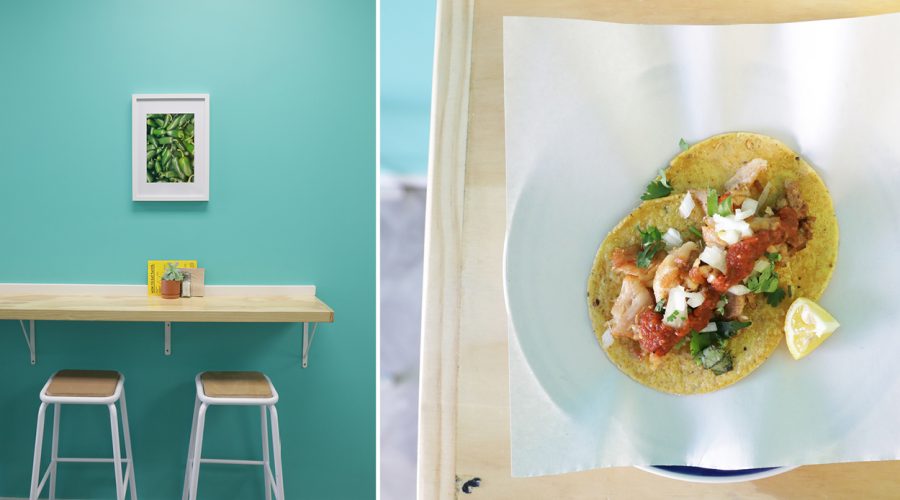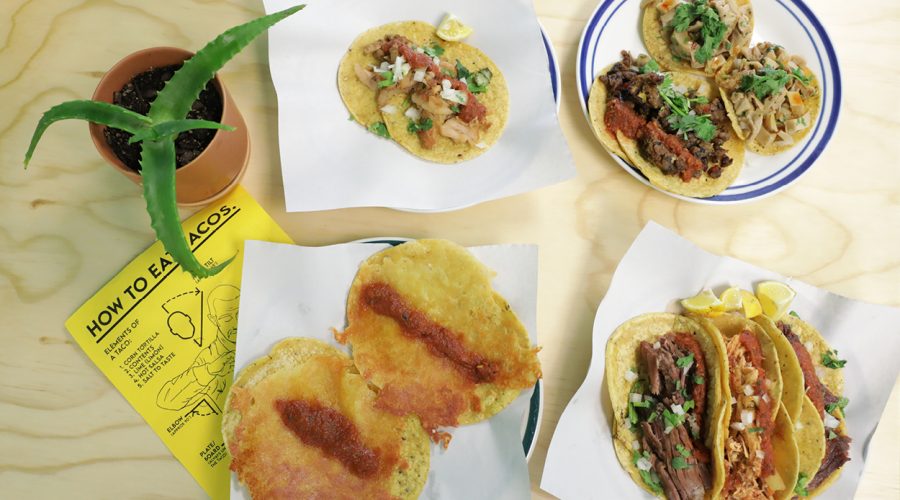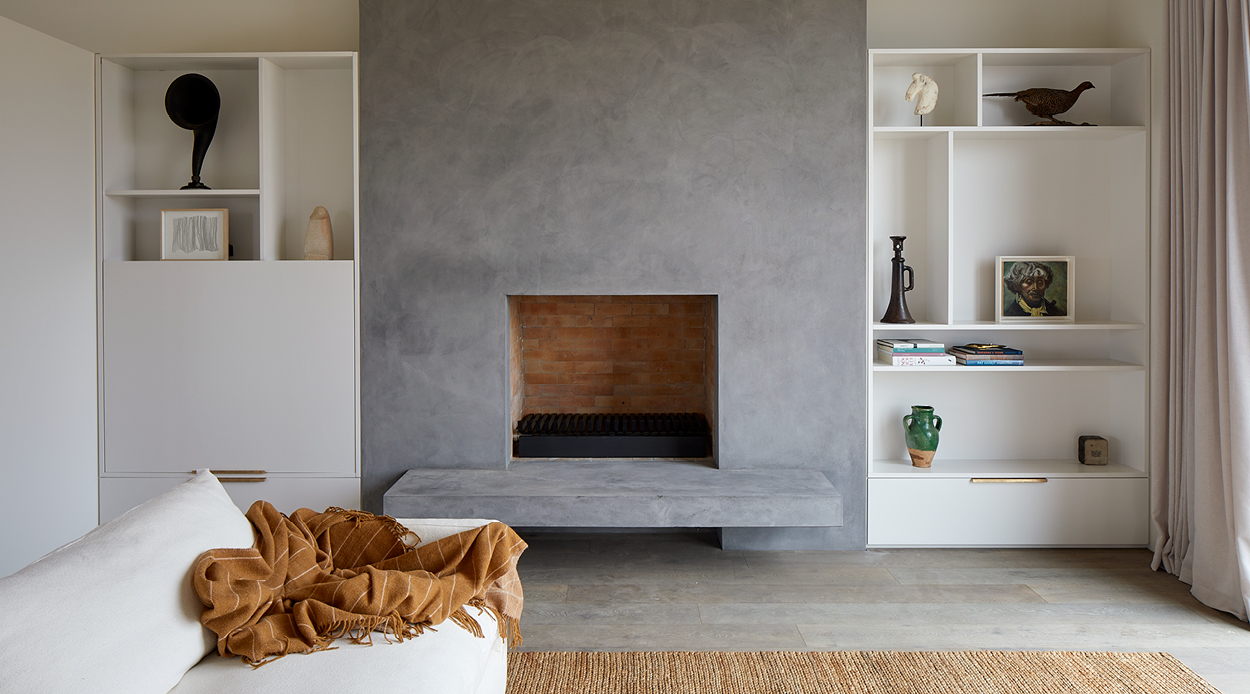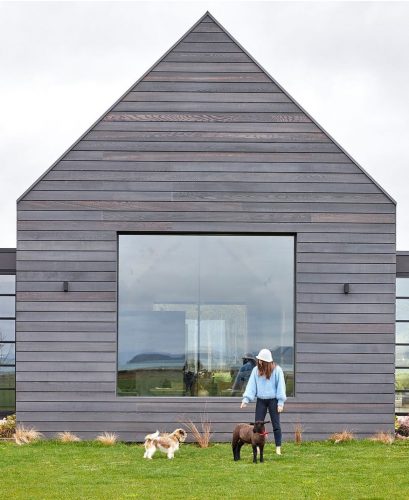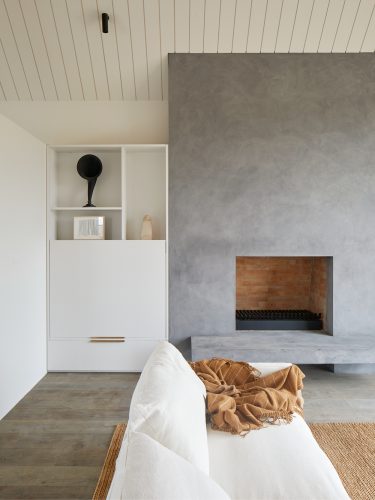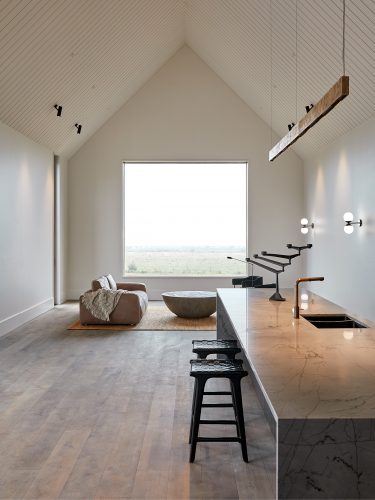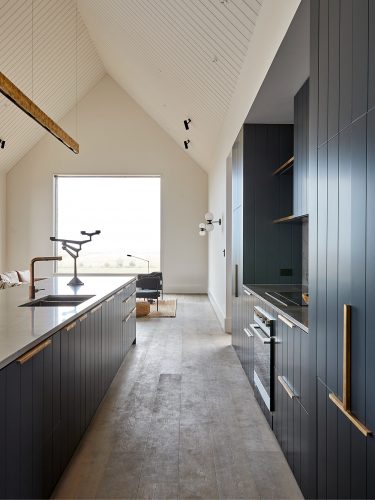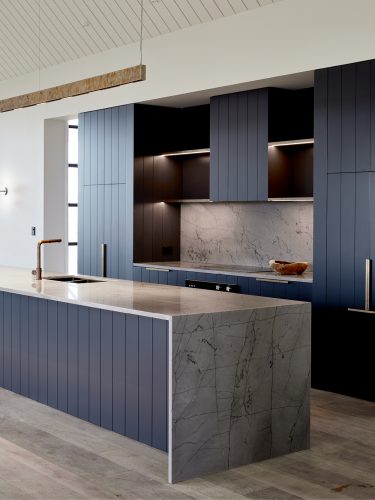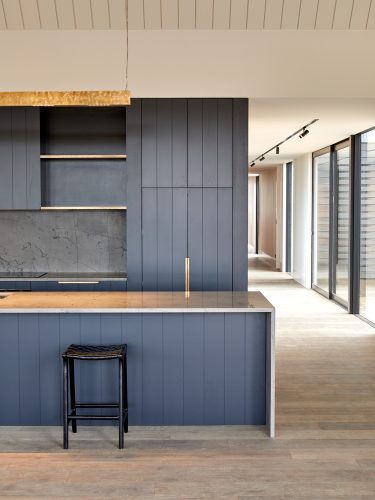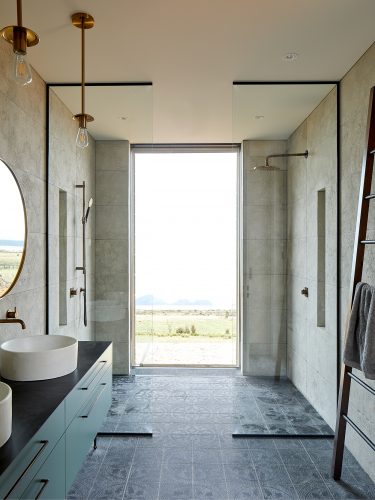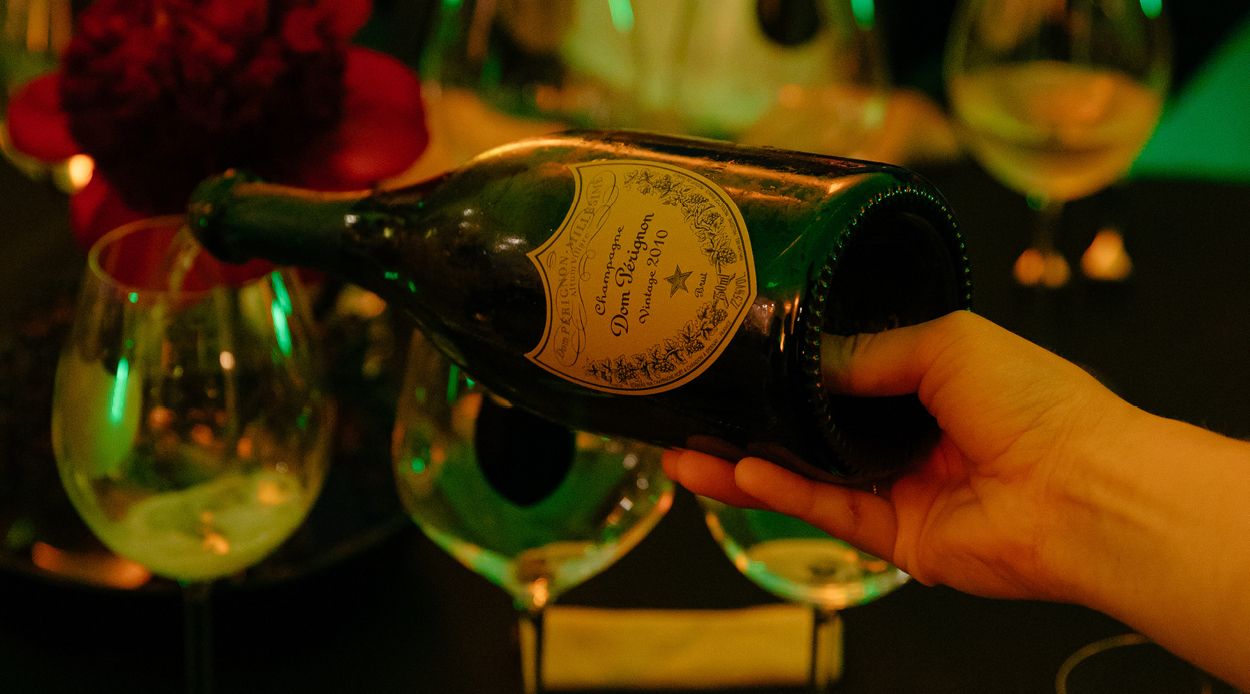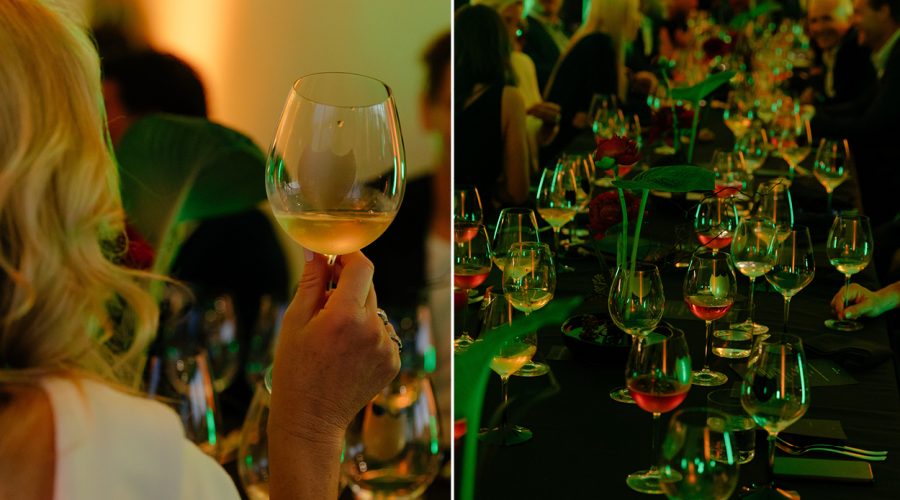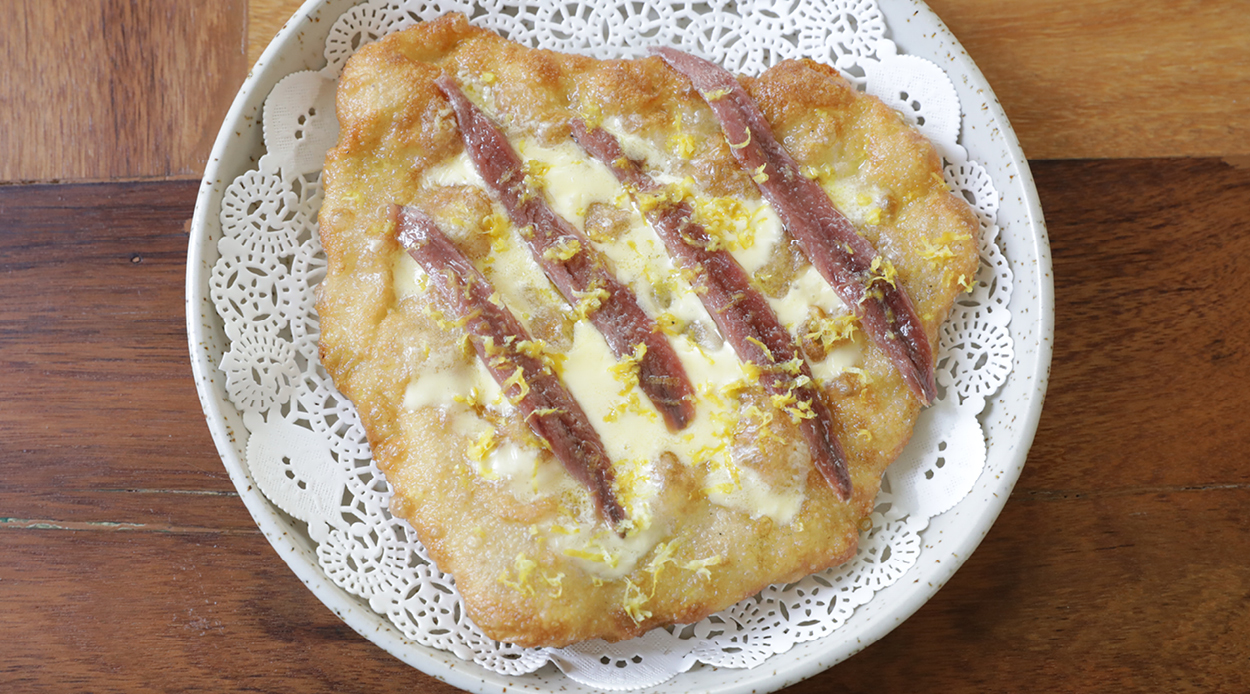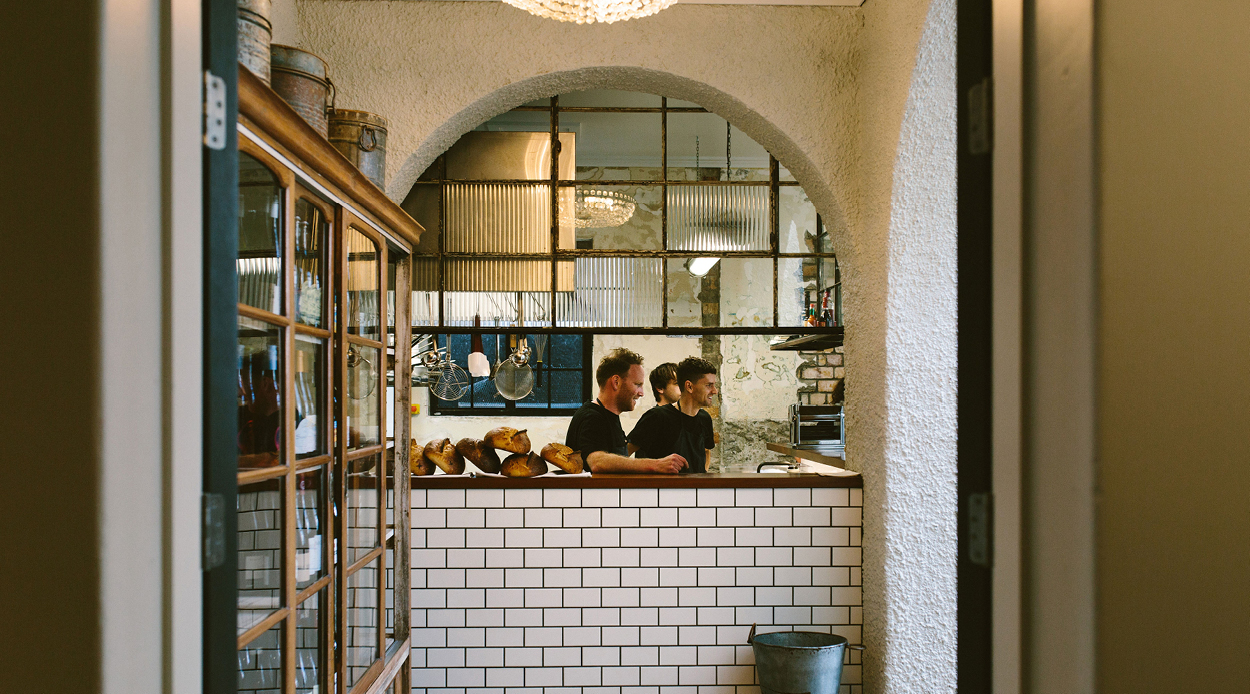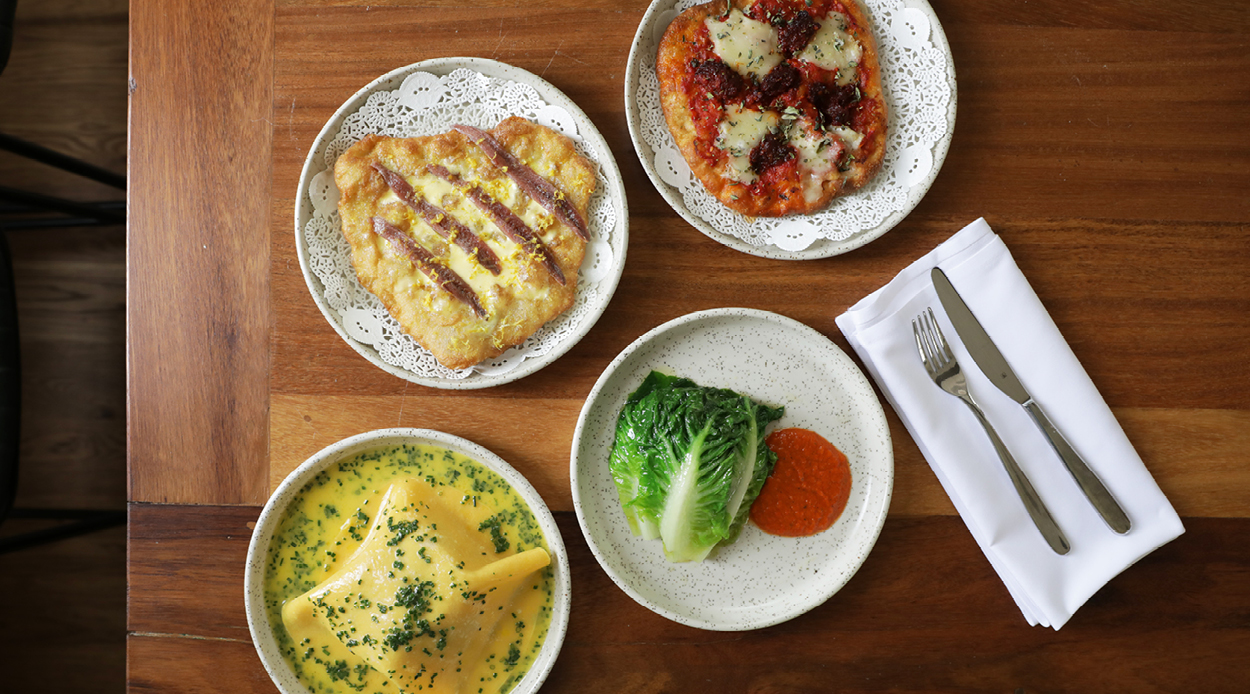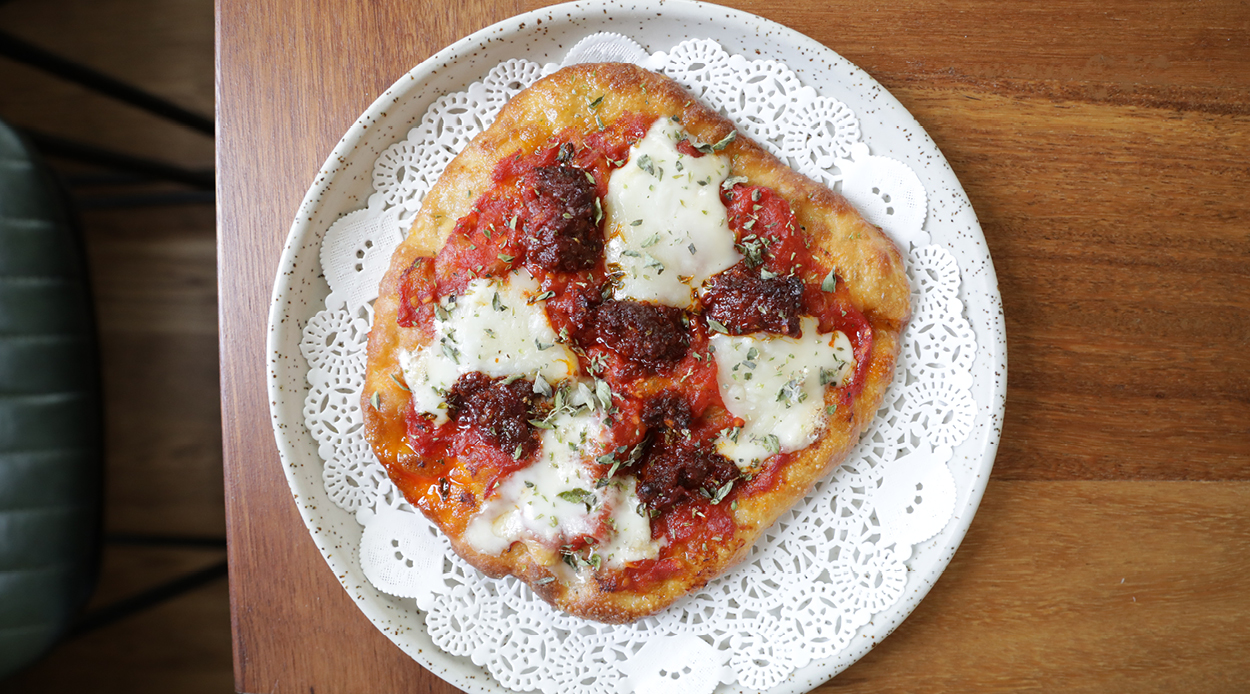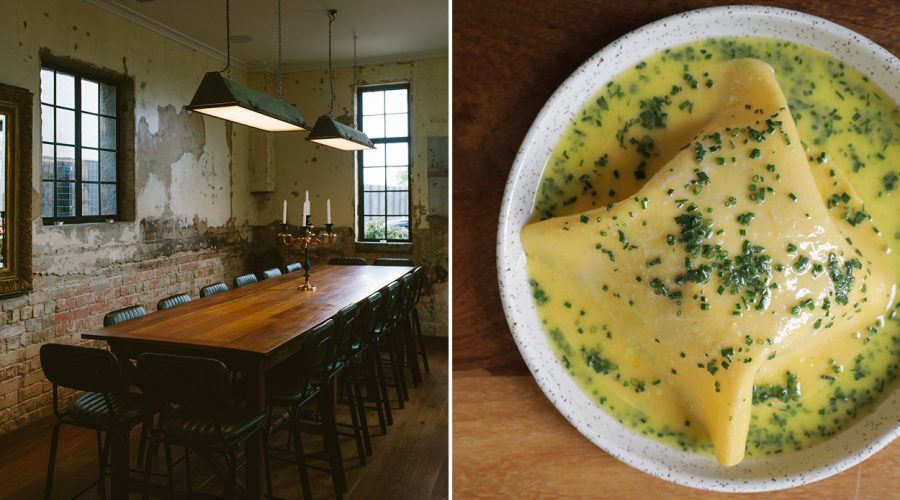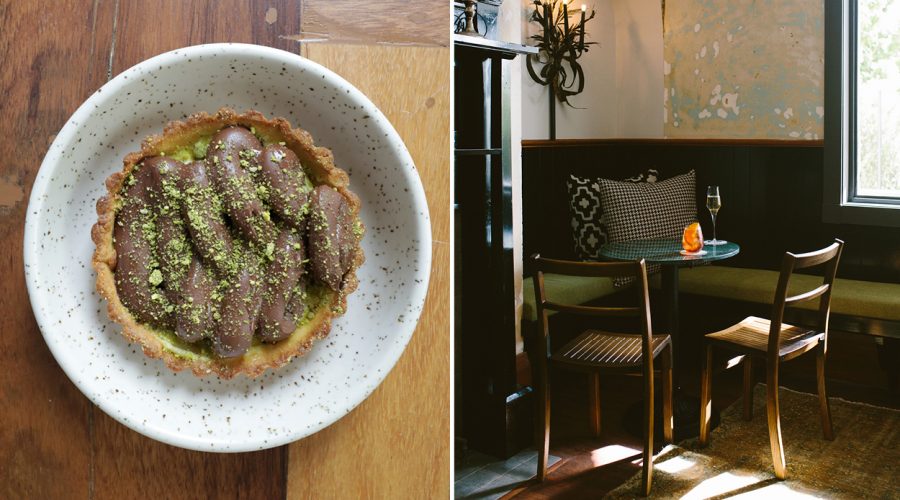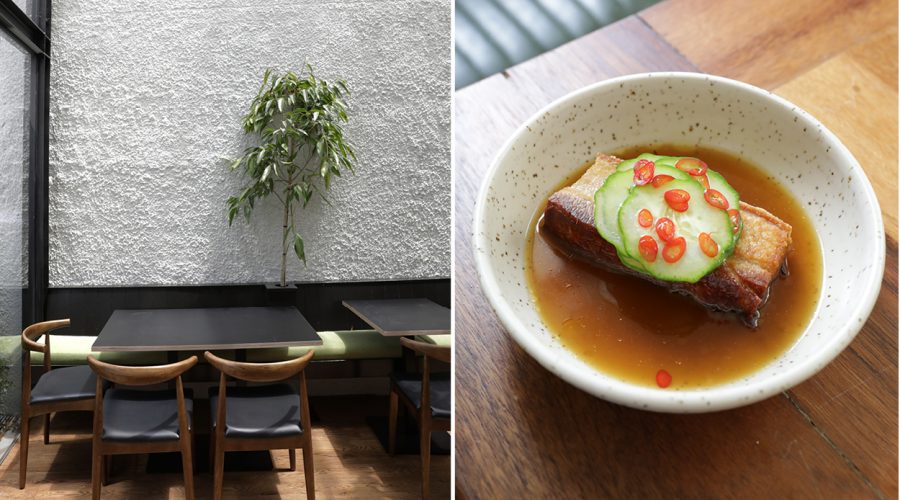The road to car ownership is paved with pros and cons. While independence, convenience, the ability to travel to any location within driving distance and general mobility are all the obvious reasons that people invest in a vehicle (as well as aesthetics and design), as any driver knows there are not-so-breezy aspects to the process.
Until now, insurance, registration, maintenance and depreciation have all been necessary pain points to factor into the reality of car ownership — but what if it were possible to enjoy all the benefits of owning a brand new car, in a far more flexible and hassle-free way?
Sixt, an innovative global company, has joined forces with The Giltrap Group, bringing a new offering to our shores that’s set to turn the model on its head. Providing all the benefits of car ownership minus the inconveniences that come with it, Sixt’s fresh alternatives encompass both a new car subscription and an ultra-modern level of car rental. Together with the more familiar short-term and long-term rental options, the subscription service gives drivers access to flexible car usage options of six, nine or 12 months with a brand new vehicle that best suits their needs.
Easy to use, book and pick up, the subscription is available with one month’s initial advanced payment on Sixt’s website and with pick-up from the company’s Auckland Mobility Centre at 120 Great North Road. The subscription will soon be available around the country from January 2021, also encompassing a home delivery service.
All-inclusive and competitively-priced, all budgets and car types are covered, with EV’s, compacts, limousines, SUVs, all-wheel drive and luxury sport vehicles on offer. The range starts at $995 a month with the versatile Skoda Octavia wagon; hatchbacks are priced from $1,045 a month with the Volkswagen Polo GTI; while electric vehicles begin at $1,695 a month with the second generation Nissan Leaf. Those looking for something special can also get behind the wheel of a Land Rover Defender for $3,295 a month, and all of the aforementioned vehicles are brand new.
Going the extra mile to suit each driver’s individual needs, there are myriad personalisation options including exterior and interior colour, wheels, sunroof and an audio system upgrade.
EV leadership is important to this new venture, with Sixt’s rental fleet aiming to have 25 percent of its selection made up of electric vehicles by 2025. Eager to see if one is right for your lifestyle? You can try one out for $79 a day, $499 a week or $1,695 a month on a 12-month subscription.
So, if you like the thought of driving away with a brand new car without any of the associated hassle, Sixt’s innovative car subscription offering could be the one for you.






